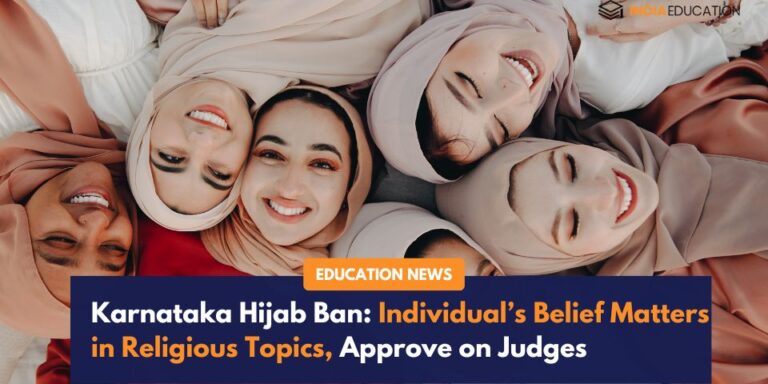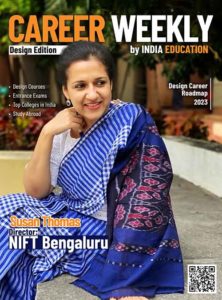
Karnataka Hijab Ban: Individual’s Belief Matters in Religious Topics, Approve on Judges
Karnataka High Court had concluded that wearing a hijab was not an essential practice in Islam.

On Thursday, Supreme Court gave a split verdict on students’ right to wear hijab in school, both judges on the Bench seemed to decide that believers or worshippers are the best persons to interpret whether a practice is essential to their religion or not.

The Karnataka High Court had concluded that wearing a hijab was not an essential religious practice (ERP) in Islam.
In his statement, Justice Hemant Gupta said the “practice of wearing hijab may be a ‘religious practice’ or an ‘essential religious practice’ or it may be social conduct for the women of the Islamic faith. The interpretations by the believers of the faith about wearing a headscarf are the belief or faith of an individual”.
But the judge was categorical that such a “religious belief” cannot be carried to a “secular school” carried out of government funds and the State of Karnataka was right in administering its February 5 government order restricting the wearing of hijabs at schools.
Justice Gupta stated in the present case students wanted to “subjugate their freedom of choice of dress to be regulated by religion than by the State while they are students of a State school”.
“The equality before the law is to treat all citizens equally, irrespective of caste, creed, sex, or place of birth. Such equality cannot be breached by the State based on religious faith. A student cannot claim the right to wear a headscarf to a secular school as a matter of right,” Justice Gupta wrote.
Justice Dhulia, in his divergent opinion, stated the issue of whether wearing a hijab was an important religious practice in Islam was wholly irrelevant in the case.
He said the court, as a secular institution, should steer clear from selecting one among many possible interpretations of theological doctrine. The court “must defer to the safer course of accepting the faith and belief of the worshipper”.
“We have before us two children, two girl students, asserting their identity by wearing hijab, and claim protection under Article 19 (right to expression) and Article 25 (freedom of religion) of the Constitution. Whether wearing a hijab is an ERP in Islam or not is not essential for the determination of this dispute. If the belief is sincere, and it harms no one else, there can be no justifiable reasons for banning the hijab in a classroom,” Justice Dhulia observed, referring to the court’s judgment in the Bijoe Emmanuel case.
Justice Dhulia said students claiming protection under Article 25 were not required to establish that wearing a hijab was an essential religious practice.
“It is not required for an individual to establish that what he or she asserts is an ERP. It may simply be any religious practice, a matter of faith or conscience! Yes, what is asserted as a right should not go against public order, morality, and health, and of course, it is subject to other provisions of Part III (Fundamental Rights) of the Constitution,” Justice Dhulia said.
He said students wearing hijab to school neither hurt public order, health, or morality in a democracy.
Latest News
People Reading Now

CBSE Compartment Result 2023 OUT: Click For Direct Link



CSAB 2023: Special Round Registration Begins Today


